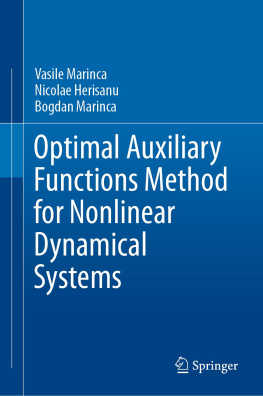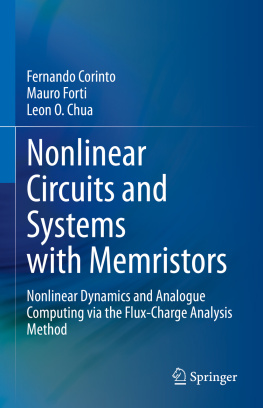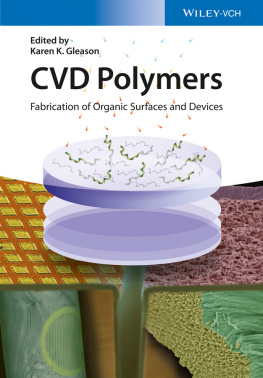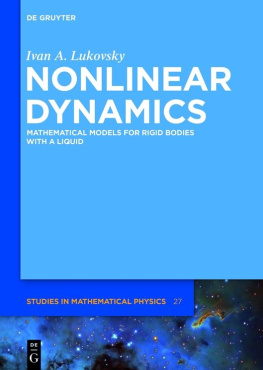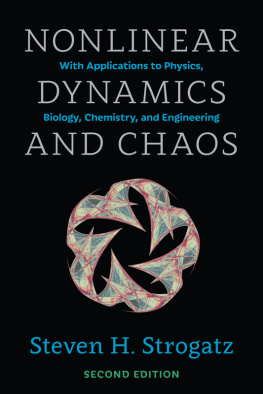1. Introduction
The problem of nonlinear oscillators occupies many researchers. Namely, the nonlinear oscillations occur in many real systems from macro to nano in size, and are the basic or auxiliary motions which follow the main motion. Thus, nonlinear oscillations are evident in many fields of science, not only in physics, mechanics and mathematics, but also in electronics, chemistry, biology, astronomy. To explain the phenomena in nonlinear oscillators, like bifurcation and deterministic chaos, etc., a proper mathematical model of the problem has to be formed. Usually, it is a strong nonlinear second order differential equation which has to be solved. Recently, for certain parameter values, the numerical computation of the problem is done. The numerical results are very accurate, but valid only for certain numerical parameters. Very often the obtained results are applicable for solving some technical problems, but are very pure for deep qualitative analysis of the problem. It is the reason, that we need the analytical solution of the mathematical problem which has to be transparent and suitable for discussion. The most of solution procedures which are developed require the linearization of the oscillator, or to take the nonlinearity to be small. Only the models which represent the small perturbed version of the linear one are tested. Recently, a few mathematical procedures for solving of the strong nonlinear differential equations of the oscillators are developed. The most of them are applicable only for some certain type of nonlinearity and are not valid in general. Unfortunately, the solution for an oscillator where the nonlinearity is of any type is not developed, yet.
The intention of this book is to give the approximate analytical solution procedures for the strong nonlinear oscillator where the basic solution corresponds to the pure nonlinear oscillator with any positive order of nonlinearity (in the differential equation the order of nonlinearity is a rational number: integer or non-integer). The free and forced vibrations of the strong nonlinear oscillator are obtained. The parametrically excited one-degree-of-freedom strong nonlinear oscillator is considered. The regular motion and the deterministic chaos of the pure nonlinear oscillator with a small linear damping and small periodical excitation is also analyzed. The control of the chaotic motion is discussed. The solution procedure for the two-degree-of-freedom oscillators is developed and the results are applied for analyzing of the rotor motion. Besides, ideal and non-ideal mechanical nonlinear systems are investigated. The jump phenomena, Sommerfeld effect and their elimination is widely discussed.
The book is organized in 9 chapters.
After the Introduction in Chap. the physical and mathematical models of nonlinear oscillatory systems are considered. There is a significant number of systems whose behavior can be described as a nonlinear oscillator. Some of them can be described as pure nonlinear oscillators. The oscillators where the elastic force is given as a strong nonlinear function of any rational order (integer or non-integer) is named pure nonlinear oscillator. This type of oscillator is the basic to be investigated in this book. The nonlinearity is strong. In the oscillator some additional forces may act: positive viscous or negative Van der Pol damping force, friction force, periodical or constant excitation force, etc.
In Chap. the solution procedures for the pure nonlinear oscillators are shown. First the qualitative analysis of the mathematical model of the pure nonlinear oscillator is done. It is proved that the motion is periodical and the exact period of vibration for this type of oscillators is determined. The exact solution of the conservative pure nonlinear oscillator is obtained in the form of the Ateb periodic function. Based on the exact period of vibration and on the known amplitude, frequency and maximal velocity of vibration some approximate solution procedures are developed. The methods are compared. The advantages and disadvantages for all of methods are emphasized. In this chapter the approximate solution for the pure nonlinear oscillator with linear viscous damping is presented, too.
In Chap. the pure nonlinear oscillator with additional small linear or nonlinear terms is considered. The mathematical model is a nonlinear second order differential equation with strong and weak nonlinear terms. The approximate solution methods use the exact or approximate solution of the pure nonlinear oscillator. The solution is assumed in the form of an Ateb function, Jacobi elliptic function or trigonometric function. For all of the solution is common that the parameters are time variable and their variation is obtained according to the additional terms in the differential equation. Besides, the LindstedtPoincar method developed for the linear oscillator with small nonlinearity is adopted and modified for the strong nonlinear differential equation. The homotopy perturbation procedure for the strong nonlinear differential equation is also given. The averaging solution procedure is applied for the pure nonlinear oscillator with linear damping and small nonlinearity of Van der Pol type.
In Chap. , the nonstationary oscillators are considered. The parameters of the oscillator are time variable functions: periodically varied in time and nonperiodical but continually changeable with the slow time. Analytical solution procedures are based on the exact or almost exact solutions of the constant parameter valued differential equation. The solution is the perturbed version of that where the Ateb, Jacobi elliptic or trigonometric function are the basic. The special attention is given to mass variable systems, where due to mass variation a reactive force acts. The influence of the reactive force on the motion of the system is analyzed. The LeviCivita and Van der Pol oscillators with time variable parameters are also considered.
In Chap. , the forced vibrations of the pure nonlinear oscillator are presented. The influence of the constant and also of the periodical excitation force is considered. Varying the parameters of the excitation force different nonlinear phenomena in the oscillator are discovered and discussed. Forced vibrations have been considered as well where the external excitation is designed to yield the closed-form solution in terms of the Ateb or Jacobi cn function. Frequency-response curves have been presented to illustrate the response in the frequency domain and the forced vibrations in the time domain.
Chapter investigates the two-degree-of-freedom systems. Two types of oscillators are considered: one, described with two coupled second order differential equations and the other, with only one expressed in the form of a complex function. Namely, for the latter oscillator the two coupled second order differential equations are simplified to only one second order differential equation by introducing of a complex function. The first mathematical model corresponds to the two-mass system, while the second, to the one-mass system with two-degrees-of- freedom.
In Chap. the phenomena of deterministic chaos is analyzed. The pure nonlinear oscillator with a small viscous damping and small periodic excitation force is considered. The Melnikovs criteria for chaos is applied for obtaining of the critical parameters for chaos. Numerical simulation is done. The Lyapunov exponent is calculated and is used to prove the existence of chaos. In this Chapter the vibration of the non-ideal mechanical system is given with a system of two coupled strong nonlinear second order differential equations. The resonance in the system is determined. The approximate solving procedure presented in the previous Chapter is adopted for the resonant condition of the system. For the non-ideal system, beside the chaos and its control, the Sommerfeld effect and its elimination is shown.





